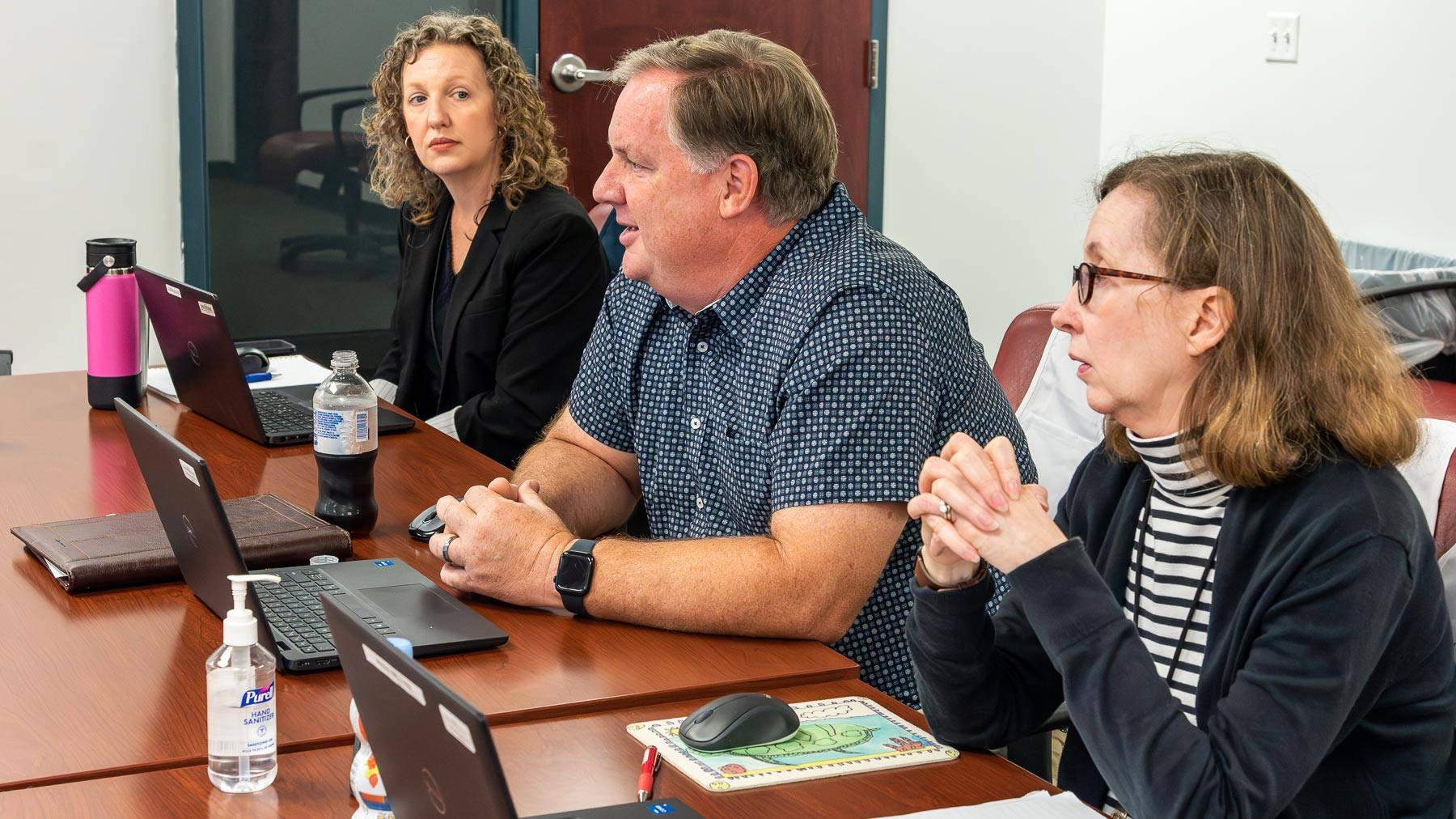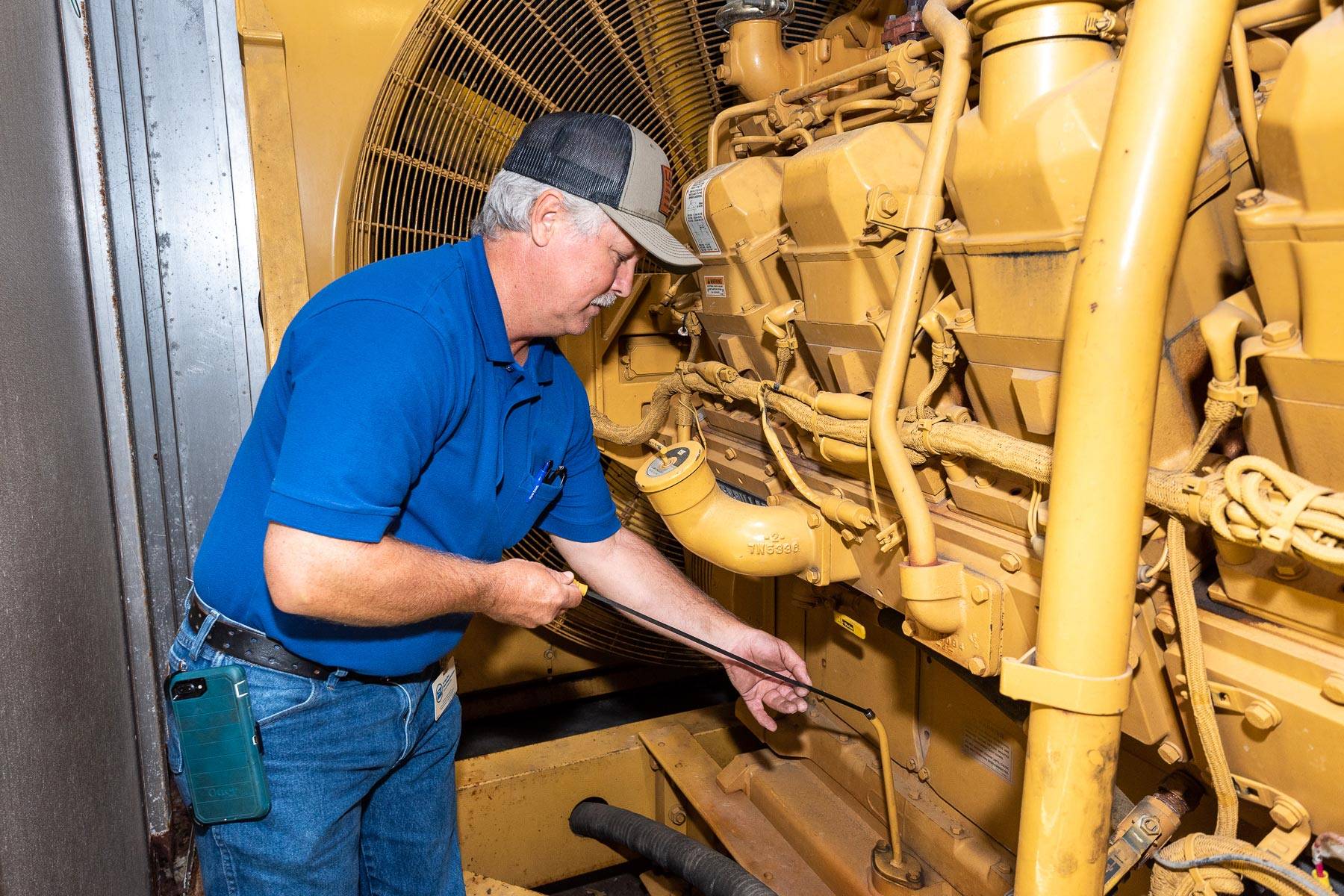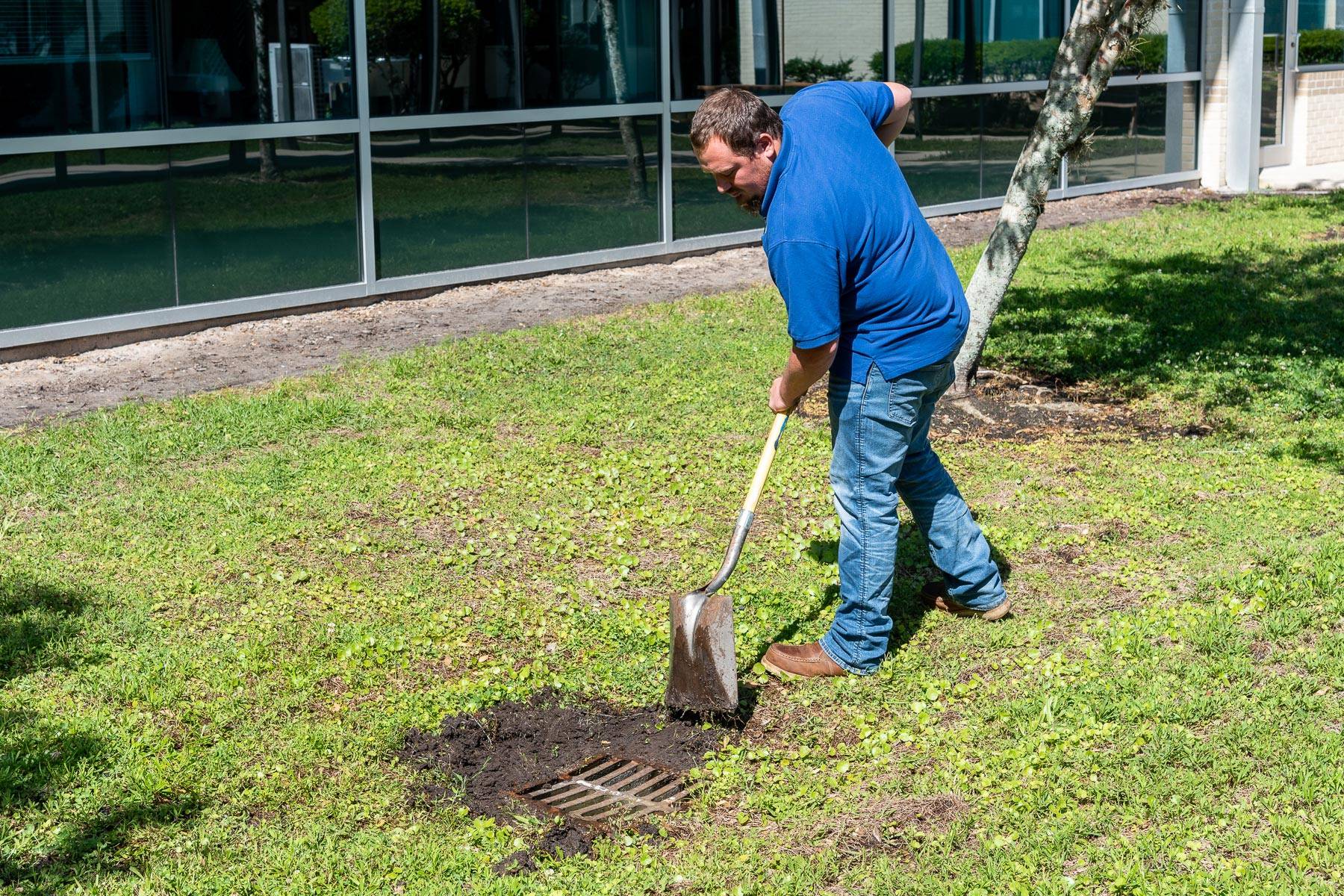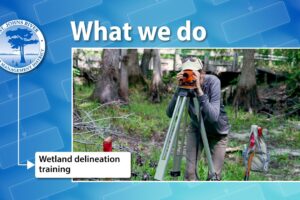With the start of hurricane season about a month away, the St. Johns River Water Management District is joining entities around the state and nation the week of April 30 to May 6 in observing National Hurricane Preparedness Week. Sponsored by the National Oceanic and Atmospheric Administration (NOAA), the observance also coincides with Florida’s annual hurricane drill.
At the District, we’ve been busy preparing equipment, holding mock hurricane drills, and reviewing and updating our response plans. NOAA has information for those living in hurricane-prone areas — that’s all of Florida — on preseason preparations and we’ve included some regional resources to help you develop your hurricane plan for your family. Our website also offers resources year-round.
Know your risk
Strom surge, extreme rainfall and wind impacts can vary between regions and even neighborhoods throughout the District. Knowing helps you prepare.
Check your flood exposure from both storm surge and rainfall flooding on flood zone maps. Also, find out the height of your first floor above sea level. Then, when forecasts predict storm surge heights, you’ll be better informed. Resources include the following:
- NOAA’s Coastal Flood Exposure Mapper
- NHC Storm Surge Risk Maps (arcgis.com)
- Floodsmart.gov Flood Maps
Prepare
- Insurance — Review your flood insurance policy or obtain flood insurance if appropriate. It’s best not to wait; flood insurance takes 30 days before becoming effective.
- Hurricane kit — Stocking up on non-perishables now can save you time and stress when a hurricane is approaching. Experts recommend having enough food, water and medicine to last your family (and pets) a minimum of three to seven days. Water, canned goods and dry goods can be stored without issue through the end of hurricane season. Include portable chargers for electronics, and a battery-powered radio and flashlights. Find a disaster supply checklist at FloridaDisaster.org.
- Prepare your home — Trim trees, identify any yard furniture that will need to be moved and where it will go, make sure gutters are clear and working correctly, and that downspouts extend four feet from the foundation. Find more information for retrofitting your home at Florida Disaster.org, Planning for Your Home.
- Prepare your vehicle — Keep your gas tank half full during hurricane season. Should you need to evacuate, you’ll be able to go without worrying about long lines at gas stations.
- Make a plan — Coordinate with your family on where you will meet if you get separated. Make sure you don’t forget about your pets in your plans!
- Know your zone — Evacuation doesn’t necessarily mean driving hundreds of miles — sometimes only a few miles to friends or family. Identify several locations outside of the evacuation zone that you can go to as well as an official hurricane shelter. Evacuation zones for the state of Florida: FloridaDisaster.org. Know Your Zone
It might be the preseason, but nature doesn’t check the calendar. The hurricane season marks when 97% of the hurricanes and tropical cyclones occur. Though uncommon, preseason storms happen. Taking steps to prepare now means you’ll be ready when you need to be.








